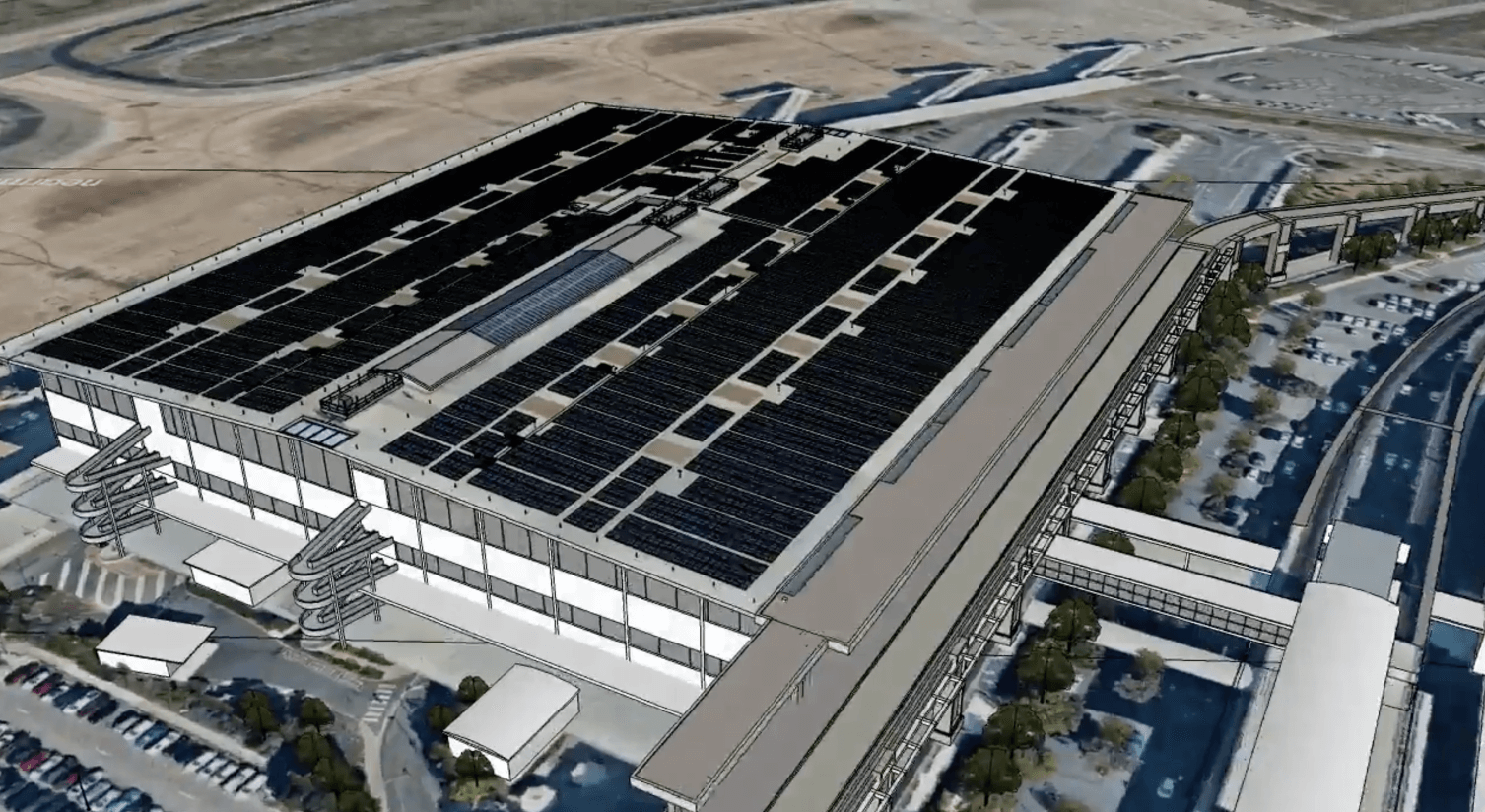Introduction
The shift towards low emissions transport using electric vehicles is ramping up dramatically. While retrofitting charging infrastructure to apartment buildings can seem daunting and expensive, if approached methodically, it doesn’t have to be.
In NSW, 15% of the population live in apartments (approximately 84,000 strata schemes) or around 1.13 million residents. Most of these buildings are currently fielding enquiries from residents and are investigating how to integrate charging support for EV’s. And it's now likely that EV chargers will be required for the majority of car spaces.
Having worked alongside Councils looking to electrify their fleets since 2018, the team at Enhar have also completed around 30+ EV charging feasibility studies for residential Strata apartments seeking to become EV ready.
In this article, Ian Foster, Enhar’s NSW manager shares information and learnings from the multiple studies and projects retrofitting EV chargers to large residential apartments and Enhars approach to such projects to help you on your electrification journey.

Key Considerations for EV Charging Upgrades to Apartment Buildings
Apartment buildings, with their diverse range of size, age, layout and electrical infrastructure, present unique challenges when it comes to retrofitting EV charging, as each site has unique requirements, limitations and constraints.
Key factors to be taken into account include:
Electrical capacity
How many EV chargers the building can support with existing electrical infrastructure without significant and costly modifications. Requirements are identified with and without Load Management System (LMS).
Accessibility
How easy is it to connect the building's electrical supply to EV charger locations?
Shared and/or Private charging
Shared charging often has a lower capital cost and high volume of use, while private charging at individual car park spaces is preferred by residents, which can present significant challenges to capital cost, available electrical capacity and volume of use.
Cost recovery
How will the system ensure accurate monitoring, fair and equitable allocation of costs and keep additional administration at manageable levels?
Management
How will the facility management and owners associations ensure effective decision-making and resource allocation?
Upgrade Compatibility
How will the EV charging system be upgradable and compatible with future additions and technology over the next 2-20 years?
Maintenance and OPEX
How will the ongoing maintenance, monitoring and operational requirements of the EV charging infrastructure be managed?
To facilitate informed decision-making and help achieve sustainability goals, it is crucial that the above information be presented to management and strata committees in a clear and simplified format, by an expert in the field.
By doing so, decision makers will have a comprehensive understanding of the key factors they need to consider to make well-informed choices regarding their EV charging strategy.

Assessing Electrical Capacity: 3 Possible Outcomes for EV Load
At the outset, it’s crucial to determine the building's current electrical capacity with and without load management systems (LMS).
There are 3 possible outcomes based on the above regarding the number of desired EV chargers and the building's capacity to support the charging.
- EV capacity and load will not exceed electrical capacity (minor additions and upgrades)
- EV capacity and load will exceed electrical capacity; however can be load managed to meet EV charging demand (minor upgrades and LMS)
- EV capacity and load will significantly exceed the sites capacity power supply and/or electrical infrastructure
Let’s take a look at how Enhar navigates these different scenarios optimised for delivery, speed and cost.
1. EV load will not exceed electrical capacity (minor additions and no upgrades needed)
The most straightforward retrofit, EV chargers can be added to the existing electrical network without expensive upgrades of transformers, main switchboards and other electrical equipment.
Enhar has been pleasantly surprised that the outcome has been that considerable numbers of apartments are already equipped with sufficient electrical capacity to support a very significant capacity of EV charging using established load management/scheduling systems (LMS).
Many of these buildings could potentially accommodate Level 2 charging stations for all or most of their parking spaces
2. EV load will exceed the buildings electrical capacity (minor upgrades and LMS needed)
In instances where the existing electrical supply cannot meet the demand, a few options are presented and/or a staged rollout is planned. This approach helps keep the initial costs low while still providing EV charging infrastructure to residents.
This strategy can include shared charging stations and charging scheduling, and if 100% coverage is required, upgrades to switchboards and additional connections are made to reach each resident’s car space.
Should the owners association wish to provide EV charging for every car space, a comprehensive plan is designed and presented to stakeholders to show how this can be achieved.
Shared charging stations, scheduling and cooperation can help keep costs down while providing residents with access to EV chargers in the short to medium term.
3. EV load will significantly exceeds the sites electrical capacity (major power supply upgrade and or electrical infrastructures needed)
The most complex and costly of apartment situations (and thankfully the least common in our experience with apartments) is the need for transformers and other building power supply upgrades to accommodate EV charging.
Upgrades, however, may not necessarily or need to be completed all at once.
It is possible to stage a rollout by installing some Electric Vehicle Supply Equipment (EVSE) in the short-term to provide access to charging in shared car park spaces; actual uptake of infrastructure over coming years can be assessed as EV uptake increases.
Staged rollouts have been effective at achieving EV charging in apartment buildings that do not have sufficient electrical capacity to cover all parking spaces.
.jpg)
Case Study: How Enhar Retrofits EV Chargers in a 1990-2000's Apartment Building.
Let’s take the typical example of Enhar’s approach to a EV retrofit to an apartment building built in the 1990-2000’s with around 200 car spaces.
The first step is usually to identify electrical limitations and low risk electrical connection points for EV chargers.
Based on the results, a few options are presented for shared (usually 22kWAC-75kWDC) and private charging (usually 7kWAC) which are more than capable of providing overnight charging for a standard EV.
A gradual rollout of private charging that accounts for much larger proportions of the available car spaces (regularly up to 100% with a Load Management System (LMS) is also presented, usually some form of EV backbone is proposed that facilitates simple and straightforward connection of multiple chargers when required by the tenants.
This kind of staged rollout focuses on cost effective implementation for private charging.
After thorough analysis of 30+ sites, Enhar found that significant upgrades to the existing electrical supply and system were not necessary for 100% EV charging coverage in most apartments. Instead, a Load Management System (LMS) could be applied to manage EV loads and alleviate the need for major and expensive upgrades, whilst also providing sufficient charging for typical car EV car usage.
Once the electrical feasibility is complete Enhar usually recommends that input on fire safety requirements and consultation with building insurance providers is undertaken to further inform design.
To help alleviate costs, these studies may be funded under grants such as the City of Sydney Smart Green Apartments or NSW Government Electric Vehicle Ready Buildings Electric Vehicle Feasibility Panel.
It’s also important to note that development applications are likely required for instances where visitors spaces may be used for shared charging.
Prohibitively expensive upgrades can potentially be avoided by careful design and implementing strategies such as LMS to meet 100% EV coverage of all car parking spaces; whilst also ensuring sufficient charging capability to meet the needs of the vehicles .
Green EV charging
Electric vehicles are a great step toward a greener economy, however they are only as clean as the energy that powers them. Having rooftop solar panels generating some of this power is a natural next step in the transition to a greener transportation system.
Unfortunately, many multi-level apartment buildings aren’t designed to or have the necessary real estate for a straightforward solar power installation. The structural, electrical, roof safety equipment, building envelope, heritage/permitting, constructibility and compliance requirements often present complications.
That is not to say they can’t be done, but it requires specialised knowledge and a bulletproof strategy to implement solar PV systems that generate enough energy to supply a large EV charging fleet, such in the case of the 200 car park apartment building.
Powering electrical vehicles with solar power is a logical extension to EV upgrades, but presents many challenges that require expert guidance.
Conclusion
The world is transitioning to one in which EVs will be the dominant vehicle type on the roads and it’s critically important that EV charging be implemented to support the rapid adoption; in particular for residential strata buildings.
Many new buildings are already required to provide EV charging, and there is demand for older buildings to add EV charging to their existing electrical system, with the latter requiring significant know-how to achieve safely and cost-effectively.
The team at Enhar hopes that you now have an idea as to what factors ensure an EV charging infrastructure project runs smoothly, to ensure expectations are met on-time and on-budget.
If you have an EV charging project and require help with any of the steps; tailored feasibility and evaluation, detailed design specification, procurement, technical and project management, the Enhar team are happy to help.
Send us a message with some details about your project and we’ll get back to you as soon as possible.







